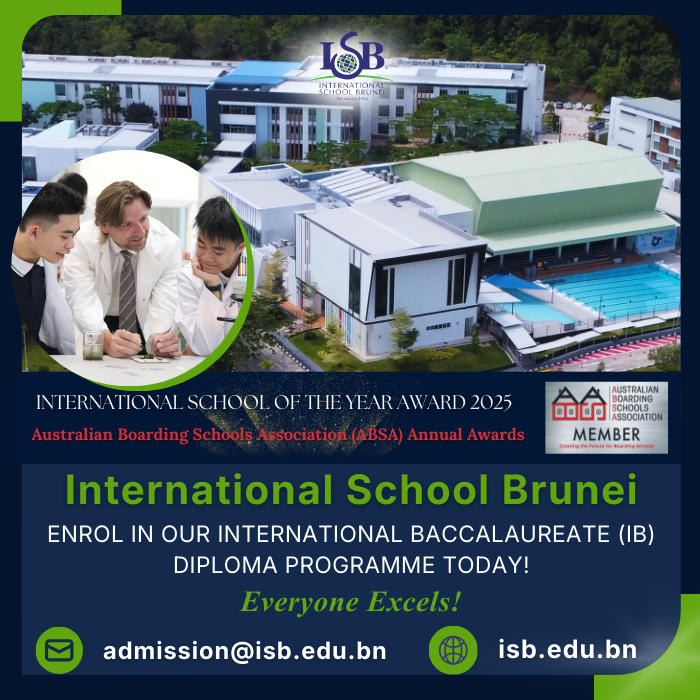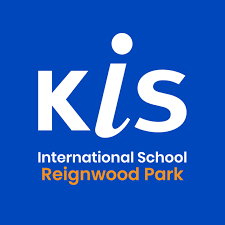Overview of the Education System in Myanmar
The education system in Myanmar has developed rapidly after the country gained independence from the British in 1948. This development was driven by the large network of missionary schools with expatriate teachers with English as the medium of instruction. However, Myanmar’s education landscape changed after the Prime Minister at the time, Ne Win, declared that English was the language of colonisers and should not be taught in schools any longer. Although education is highly valued in Myanmar, the country’s education system has been stunted and left out of technological advances due to the country’s unstable political situation. Generally, secular schooling is widely offered by monasteries. Primary, secondary and tertiary education takes place at government schools.
Current Structure and Format
Preschools in Myanmar are open to children aged between two and five years old. Children officially enter primary school at the age of six. Primary school education in Myanmar is compulsory and covers Grade 1 to 5. After five years of primary schooling, students are accepted into secondary school if they pass a comprehensive examination of basic subjects. Secondary school education in Myanmar consists of Middle School and High School levels. Students are enrolled in Middle School from the ages of 12 to 16, where they complete Grade 6 to 9. They will move on to High School after passing the Basic Education Standard VIII Examination. Students are enrolled in High School from the ages of 17 to 19, where they complete Grades 10 and 11. In order to receive their diplomas, students must sit for the Education Standard 10 Examination where they will be granted Diploma A or Diploma B. Only Diploma A holders are eligible to enter university. The University Entrance Examinations administered by the Myanmar Board of Examinations are held in mid-March annually.
Myanmar Education Facts
Traditionally, boys in Myanmar were taught Burmese and basic arithmetic skills in monastery schools. Many young men still continued receiving their education in monasteries even when the education system introduced public schooling. Myanmar’s education system geared towards a more Western approach under British colonial rule. A number of Christian missionary schools opened in major cities such as Yangon and Mandalay to cater to children of high-income families. Universities in Myanmar at the time were also considered the best in the region. However, the nationalisation of schools resulted in the declining quality of education in Myanmar after the country fell under 1962’s coup d’etat.
Private and Public Schools in Myanmar
As of 2016, there are approximately 47,000 schools in Myanmar. These schools consist of primary, secondary, lower secondary, monastic and private schools. There are over 40 international schools in Myanmar, where a majority are located in Yangon.
Average Cost of Education in Myanmar
Education in Myanmar’s public schools is mostly free. Tuition fees, stationery fees, textbook fees and parent & teacher association fees are waived by the government. However, parents still have to fork out extra money to send their children to tuition classes as they believe it is the only way for their children to cover the curriculum properly in Myanmar’s flawed public education system.
International Schools in Myanmar Fees
Like the majority of international schools across Asia, each international school in Myanmar has a unique fee structure. Annual tuition fees make up for a bulk of the school’s fee structure. Additional costs include fees for application, registration and deposit. Parents should also take note of the hidden fees such as building development fee, transport fee and the cost for school supplies and uniforms.
Government Bodies Involved in Education in Myanmar
The Ministry of Education oversees the education system of Myanmar. Lower secondary and upper secondary schools in Myanmar fall under the Department of Basic Education. On the other hand, higher education institutions are run by two entities which are the Departments of Higher Learning 1 and 2.
Education Levels
Education levels in Myanmar consists of primary, middle and secondary school levels before moving on to tertiary education. Primary school is made up of Grades 1 to 5 and lasts five years. Primary school education is compulsory for all children in Myanmar. Grades 6 to 9 fall under middle school and last four years. Secondary school is made up of Grades 10 and 11 and lasts two years.
Country stats
Myanmar is a Southeast Asian country that borders Bangladesh, India, China, Laos, and Thailand. Formerly known as Burma, the country is the largest mainland in Southeast Asia. As of 2019, Myanmar has a population of approximately 54 million residents. Yangon and Mandalay are Myanmar’s biggest cities and function as the country’s main economic centres.
Expats living in country information
There is a sizable expatriate population in Myanmar that mainly reside in major cities such as Yangon and Mandalay. A large number of expatriates hail from countries such as Denmark, Australia and the United Kingdom.
Standard of living
General quality of life in Myanmar has slowly improved over recent years. However, inequalities are still present in ethnic minorities and communities living in rural areas. For expatriates, accommodation is considered affordable in major cities. The standard of living in Myanmar varies according to location, proximity to the city centre and the amenities available nearby.
Public transportation
The main modes of transportation in Myanmar’s small towns are motorcycle taxis and trishaws. The best way to explore Myanmar’s large cities like Yangon and Mandalay is via public buses.
Visa for family, students
Expatriates who are interested in relocating to Myanmar for work need to apply for a business visa. This visa allows expatriates to work in Myanmar for 70 days and is required for accommodation purposes as well as opening a bank account. A business visa is also a prerequisite for those who want to apply for a permit to stay in Myanmar for the long run.
References
- https://www.scholaro.com/pro/Countries/Myanmar/Education-System
- https://education.stateuniversity.com/pages/1037/Myanmar-EDUCATIONAL-SYSTEM-OVERVIEW.html
- http://factsanddetails.com/southeast-asia/Myanmar/sub5_5f/entry-3117.html
- http://afeo.org/wp-content/uploads/2018/09/Education-System-in-Myanmar-Brief-Description-of-Primary-Secondary-Tertiary-Education.pdf
- https://workinasia.net/resources/6-things-you-need-to-know-before-moving-to-myanmar-69.html

































